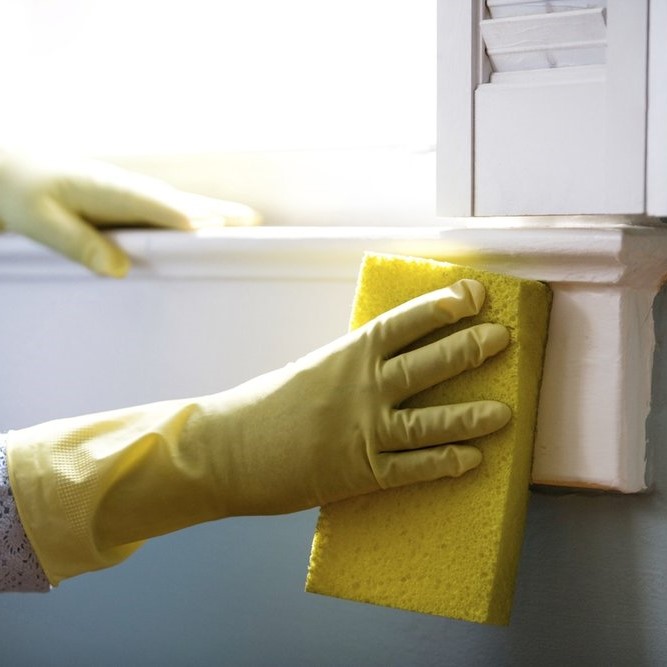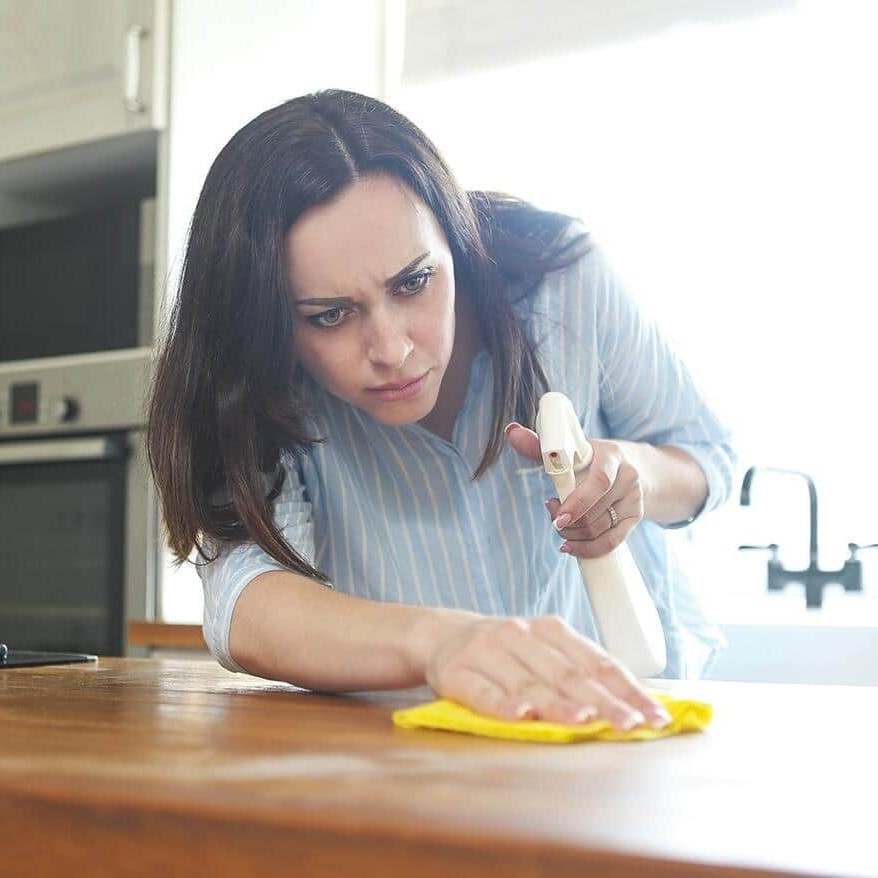When it comes to maintaining a clean and healthy kitchen, one of the most persistent nuisances you may encounter is the presence of pissants, commonly known as sugar ants. These tiny pests can invade your space, searching for food and moisture, making it essential to know how to get rid of pissants in the kitchen effectively.
Pissants, often referred to as sugar ants or tiny black ants, can become a nuisance in your kitchen. To effectively deal with these pests, it’s essential to understand their behavior, identify their entry points, and implement preventive measures. Below, we will discuss practical steps on how to get rid of pissants in the kitchen, helping you protect your living space.
Understanding Pissants’ Behavior and Habitat
- What are Pissants?
- Pissants are tiny ants that are typically found foraging for food. They are attracted to sweet substances, grease, and other organic matter. Understanding what these pests are drawn to can be crucial in your quest on how to get rid of pissants in the kitchen.
- Their Nesting Habits
- Knowing where pissants nest is vital. They often create colonies in wall voids, beneath tiles, or within cabinets. Identifying their nesting areas can lead to successful elimination. Scrutinize common areas like under the sink, around food storage, and even inside appliances.
- Foraging Patterns
- Pissants usually travel in trails, searching for food sources. Watching their movement can help you pinpoint entry points. This information can be useful in developing an effective strategy for how to get rid of pissants in the kitchen.
- Signs of Infestation
- Look for signs such as trails of ants or small mounds of dirt. Their presence can indicate that nearby food sources are attracting them. By recognizing these signs early, you can take swift action to deal with these pests.
Cleaning and Sanitizing Your Kitchen

- Decluttering and Organizing
- Clutter provides hiding spots for pissants. Start by decluttering countertops and storage areas. Place food items in sealed containers and dispose of any expired or unwanted items. This is a critical step in how to get rid of pissants in the kitchen, as it removes potential food sources.
- Regular Cleaning Routine
- Implement a rigorous cleaning schedule, focusing on spills, crumbs, and sticky residues that attract ants. Wipe down surfaces with a mixture of vinegar and water, which can deter pissants due to their dislike for strong scents. This not only aids in cleanliness but also disrupts their scent trails, further minimizing the chances of an infestation.
- Paying Attention to Floors and Hidden Areas
- Ensure the floors are swept and mopped on a regular basis, reaching under appliances and furniture. Pissants often travel along baseboards, so thorough cleaning of these areas is crucial. Establishing a clean environment is fundamental when learning how to get rid of pissants in the kitchen.
- Garbage Management
- Proper disposal of waste is key. Keep trash bins sealed and take out garbage regularly, especially if it contains food remnants. Using bins with tight-fitting lids can prevent pissants from being attracted to your kitchen.
Identifying and Sealing Entry Points
- Inspecting Your Home
- Examine windows, doors, and any cracks for potential entry points. Pissants can squeeze through tiny gaps, making thorough inspections necessary. Identify these areas to effectively seal them off.
- Sealing Cracks and Gaps
- Use caulk to seal gaps around windows, doors, and foundation cracks. This step not only keeps out pissants but also improves your home’s energy efficiency. When considering how to get rid of pissants in the kitchen, sealing entry points is as essential as sanitation.
- Using Natural Barriers
- Certain barriers, such as diatomaceous earth or cinnamon, can be sprinkled near entry points. These substances are safe for pets and humans while effectively deterring ants. Establishing these barriers can be a proactive method to prevent infestations.
- Maintaining Outdoor Areas
- Ensure that outdoor spaces are free from debris and overgrown vegetation, which can harbor pests. Keeping shrubs and branches trimmed can lessen the chance of ants migrating indoors. A clean exterior complements your efforts on how to get rid of pissants in the kitchen.
Natural Remedies and Traps

- DIY Ant Baits
- Mix boric acid with sugar water to create an effective bait. The sugar attracts the pissants, while the boric acid eliminates them. Place these traps in areas where you’ve observed activity, and observe the results over time.
- Essential Oils as Repellents
- Using essential oils, such as peppermint or tea tree oil, can act as a natural deterrent. Mix oils with water and spray them in areas where pissants are present. Consistent use can help to reinforce your strategy for how to get rid of pissants in the kitchen.
- Non-Toxic Commercial Products
- Explore non-toxic commercial ant sprays or gels that specifically target sugar ants. These products can often be used safely in food areas. When selecting a product, ensure that it doesn’t pose a risk to yourself or your family members.
- Monitoring Progress
- Keep track of the effectiveness of the methods you are using. If natural remedies aren’t yielding results, consider revisiting traps and baits or consulting a professional pest control service. Understanding how effective your strategies are can provide insights into how to get rid of pissants in the kitchen efficiently.
Seeking Professional Help
- When to Call Experts
- If your efforts to eliminate pissants are unsuccessful or if the infestation worsens, it may be time to seek professional help. Pest control experts can provide services tailored to deal with stubborn infestations.
- Evaluating Services
- Research local pest control services that specialize in ant management. Read reviews and check their methods to ensure they align with your preferences for chemical usage.
- Follow-Up Services
- Discuss follow-up services with your pest control provider. Ongoing treatments may be necessary to ensure that the pissants do not return after eradication.
- Long-Term Prevention Strategies
- A pest control expert can provide advice on long-term preventative measures beyond initial eradication. This can help create an ongoing plan to maintain a pest-free kitchen environment.
Long-Term Strategies for a Pissant-Free Kitchen

Once you have tackled the immediate issue of pissants in your kitchen, it’s essential to implement long-term strategies that will prevent future infestations. Consistent effort in maintaining these practices will provide ongoing protection. Here are some long-term strategies to consider:
- Regular Inspections: Make it a habit to inspect your kitchen regularly for signs of new ant activity. Early detection can make a significant difference in managing any potential issues.
- Seasonal Treatments: Depending on your area, consider seasonal pest control treatments that target common pests, including pissants. This proactive approach helps to maintain a pest-free environment throughout the year.
- Education and Awareness: Stay informed about pest control methods and environmental factors that lead to ant infestations. Educating yourself and your family about food storage, cleanliness, and quick cleanup can play a crucial role in keeping your kitchen pest-free.
- Community Resources: Participate in community or local government programs that educate on pest prevention strategies. Often, these initiatives provide additional resources and information on effective pest management.
By incorporating these long-term strategies into your routine, you can ensure that you not only know how to get rid of pissants in the kitchen but also keep them from returning. Adopting a proactive and informed approach will create a healthier, more inviting space for you and your family.
By understanding the behavior of pissants, maintaining a clean kitchen, sealing entry points, utilizing natural remedies, and knowing when to seek professional help, you can effectively learn how to get rid of pissants in the kitchen for good.



